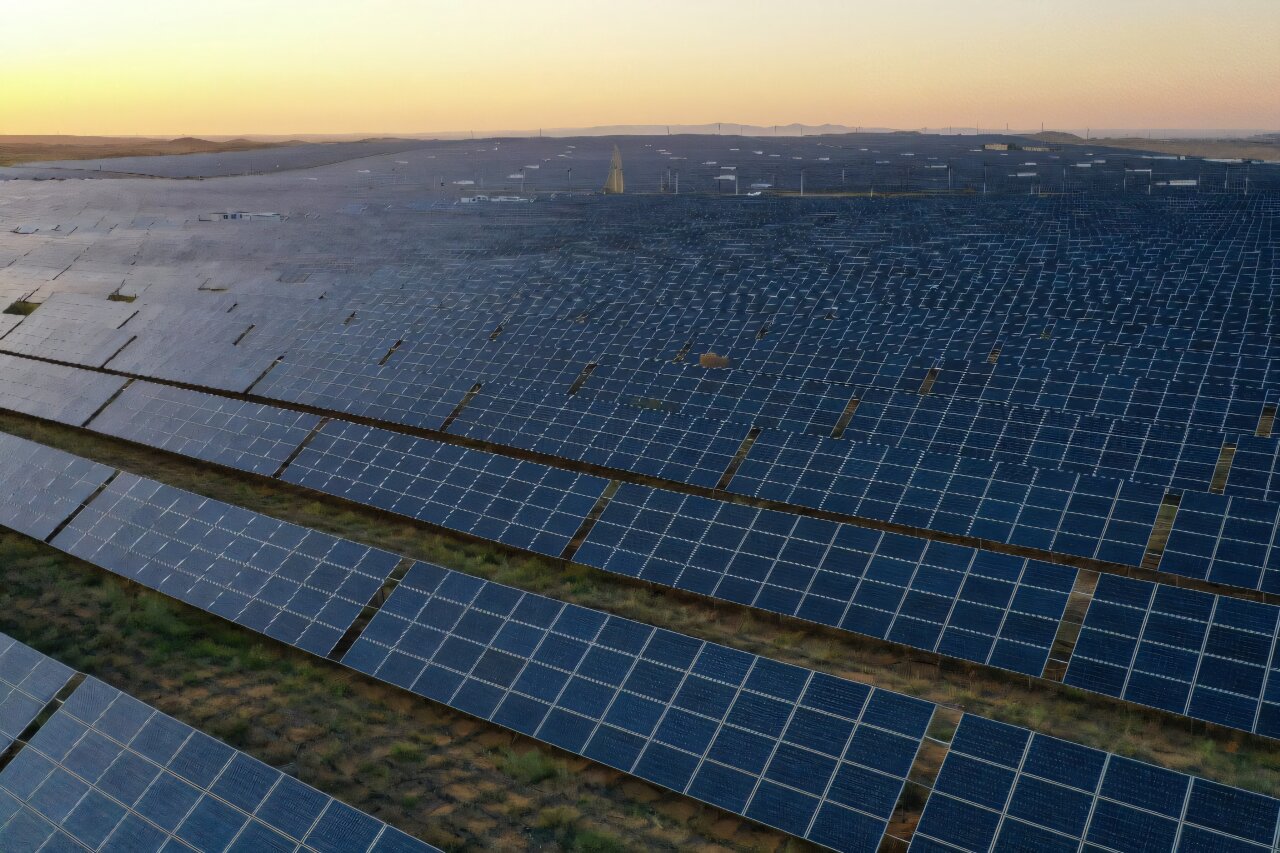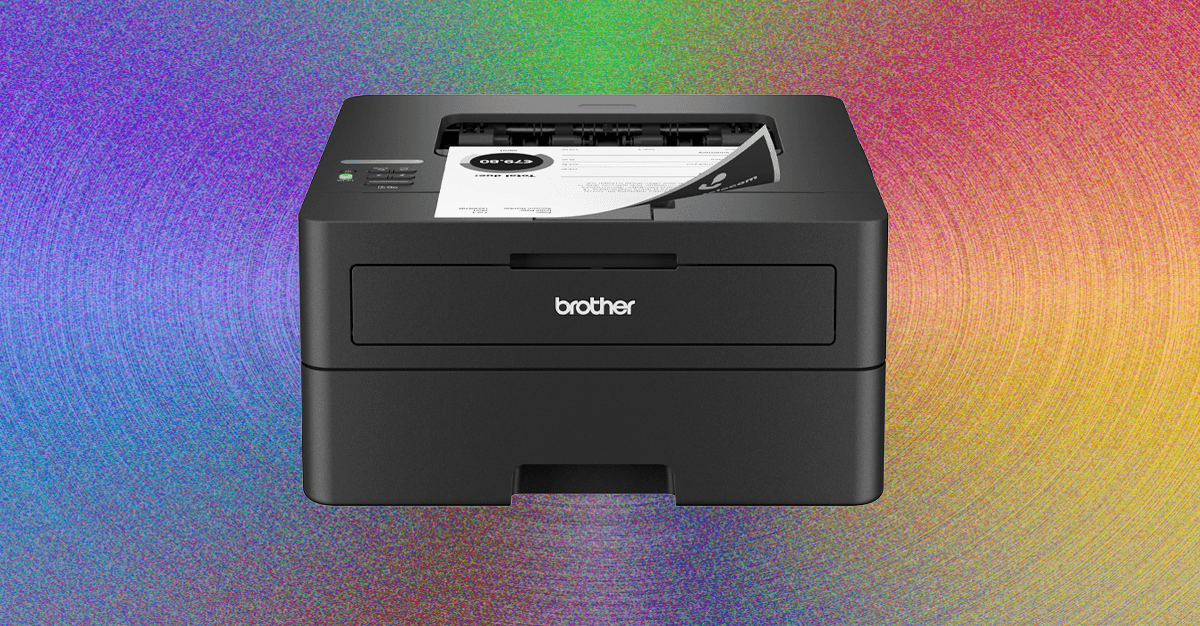Tech
China’s power paradox: record renewables, continued coal

Call it the China power paradox: while Beijing leads the world in renewable energy expansion, its coal projects are booming too.
As the top emitter of greenhouse gases, China will largely determine whether the world avoids the worst effects of climate change.
On the one hand, the picture looks positive. Gleaming solar farms now sprawl across Chinese deserts; China installed more renewables last year than all existing US capacity; and President Xi Jinping has made the country’s first emissions reduction pledges.
Yet in the first half of this year, coal power capacity also grew, with new or revived proposals hitting a decade high.
China accounted for 93% of new global coal construction in 2024, the Centre for Research on Energy and Clear Air (CREA) found.
One reason is China’s “build before breaking” approach, said Muyi Yang, senior energy analyst at think tank Ember.
Officials are wary of abandoning the old system before renewables are considered fully operational, Yang said.
“Think of it like a child learning to walk,” he told AFP.
“There will be stumbles—like supply interruptions, price spikes—and if you don’t manage those, you risk undermining public support.”

Policymakers remain scarred by 2021–22 power shortages tied to pricing, demand, grid issues and extreme weather.
While grid reform and storage would prevent a repeat, officials are hedging with new coal capacity, even if it sits idle, experts said.
“There’s the basic bureaucratic impulse to make sure that you don’t get blamed,” said Lauri Myllyvirta, CREA co-founder and lead analyst.
“They want to make absolutely sure that they don’t block one possible solution.”
Grid and transmission
There’s also an economic rationale, said David Fishman, a China power expert at Lantau Group, a consultancy.
China’s electricity demand has increased faster than even record-breaking renewable installations.
That may have shifted in 2025, when renewables finally met demand growth in the first half of the year. But slower demand played a role, and many firms see coal remaining profitable.

Grid and transmission issues also make coal attractive.
Large-scale renewables are often in energy-rich, sparsely populated regions far from consumers.
Sending that power over long distances raises the cost and “incentivizes build-out of local energy capacity,” Fishman told AFP.
China is improving its infrastructure for long-distance power trading, “but it’s definitely not where it needs to be”, he added.
Coal also benefits from being a “dispatchable resource”—easily ramped up or down—unlike solar and wind, which depend on weather.
To increase renewables, “you have to make the coal plants operate more flexibly… and make space for variable renewables,” Myllyvirta said.
China’s grid remains “very rigid”, and coal-fired power plants are “the beneficiaries”, he added.

‘Instrumental’ economic driver
Other challenges loom. The end of feed-in tariffs means new renewable projects must compete on the open market.
Fishman argues that “green power demand is insufficient to keep capacity expansion high”, though the government has policy levers to tip the balance, including requiring companies to use more renewables.
China wants 3,600 gigawatts of wind and solar by 2035, but that may not meet future demand, risking further coal increases.
Still, coal additions do not always equal coal emissions—China’s fleet currently runs at only 50% capacity.
And the “clean energy” sector—including solar, wind, nuclear, hydropower, storage and EVs—is a major economic driver.
CREA estimates it contributed a record 10% to China’s gross domestic product last year, and drove a quarter of growth.
“It has become completely instrumental to meeting economic targets,” said Myllyvirta.
“That’s the main reason I’m cautiously optimistic in spite of these challenges.”
© 2025 AFP
Citation:
China’s power paradox: record renewables, continued coal (2025, October 19)
retrieved 19 October 2025
from https://techxplore.com/news/2025-10-china-power-paradox-renewables-coal.html
This document is subject to copyright. Apart from any fair dealing for the purpose of private study or research, no
part may be reproduced without the written permission. The content is provided for information purposes only.
Tech
Faithful Companions: The Best Printers We’ve Tried

Before anything else, you’ll have to decide between ink and laser. I’ll get into the details when it comes to each model, but the most important consideration is paper type, because it’s a limitation rather than a benefit. Laser printers use heat in the bonding process, which means if you regularly print on windowed envelopes or photo paper, you’ll need to either use an ink printer or change to a thermally safe alternative, which can be cost prohibitive if you print a lot.
Inkjets are the most common flavor of home printer, and they work like you might expect, by boiling ink until it splatters through a series of tiny holes. You didn’t expect that? Me neither! Pretty exciting stuff.
Inkjet printers come in two flavors, with either prefilled cartridges or built-in tanks. The latter is quickly becoming more popular thanks to better pricing, more convenience, and a massive reduction in wasted plastic. If you’re buying a new printer in 2025 you should opt for an ink tank, if not a laser printer. They’re a little more work to setup and maintain, since you have to keep the tanks topped off, and they should remain in one place on a flat surface to avoid leaks. I can’t imagine many situations where a printer would be constantly moving and tilting, but it’s a consideration.
You thought InkJets were cool? Laser printers work by blasting a tube full of dried plastic particles, then fusing them to the paper with heat. They tend to cost more upfront, but the cost per page is overall much lower. Where a $20 ink cartridge might print 200 pages, a $60 toner cartridge could print 2000. They tend to be a lot faster than inkjet printers, and you don’t have to worry about them drying out. Plus, the pages come out of the printer nice and warm, and you can’t really put a price on that.
There are also thermal printers, which are commonly used for receipts or shipping labels. Instead of filling the printer with ink and depositing it onto a surface, they apply heat in precise patterns to special paper, allowing you to print text and images in low resolution, and typically in one color. If you print shipping labels or simple stickers at home, these can save you a lot of time and ink cost, but they have more limitations.
Laser printers are my preferred type, as long as your paper type and budget can support them, but most home users will be happy with an ink tank printer.
Tech
Gravel Running Shoes Are the Best Suitcase Shoe

“In general, we are noticing many of these shoes have more of a road running influence than they do trail,” says Bodin. “So, there will be a mix of foams, midsole geometries, less attention to fit, and a more subtle outsole pattern compared to trail shoes.”
What Are the Benefits of Gravel Shoes?
In a word: versatility. You can lace up a gravel shoe at home with confidence that they’ll handle whatever lies ahead, provided you’re not hitting a really technical trail or ankle-deep mud.
“Many of the shoes in this category can run well on roads, gravel paths, and light trails,” says Bodin. “That’s not something that very many strictly road shoes or dedicated trail shoes can do.”
The more rockered midsoles aim to smooth your heel-to-toe transitions, cutting the calf muscle fatigue over uneven ground and on longer runs. They’re also often lighter than technical trail shoes, thanks to the smaller lugs, less pronounced rock plates, and lower levels of upper reinforcement. That serves up more agility than heftier trail shoes, so you can move faster and lighter over runnable ground.
Do Gravel Shoes Feel Different From “Regular” Trail Shoes?
“Yes and no,” says Bodin. A lot depends on the brand. Some companies, like Craft, have many gravel-specific options. Others, like Salomon and Hoka, use their redesigned road running shoes for their gravel category.
Gravel shoes also have limits, warns Bodin. “In my experience, most gravel shoes will be limited when they reach a moderately technical trail-running scenario. Again, because the bulk of the gravel shoe experience is focused on the overall ride on smoother terrain, performance declines when there are more turns or more challenging terrain with rocks and roots.”
Do You Really Need a Gravel Shoe?
Like everything in running shoe world, that depends. There are trail shoes out there with the chops to conquer everything from technical to more runnable terrain, like the Hoka Speedgoat 6 ($125). Some of the pricier trail shoes like the North Face Vectiv Pro 3 ($250) pair modified versions of their springy road-shoe foams with carbon plates to deliver bouncier rides that don’t feel out of place on the road. I’ve tested loads of these shoes, and some top-tier trail shoes run better on the road than cheaper road shoes.
However, if you regularly tackle firmer, less technical mixed terrain on your runs, generally in drier conditions—and rarely venture onto more technical trails—there’s a good case for investing in a gravel shoe. It’ll carry you happily from road to trail and back again, and even cover your road runs on the way to the trail.
Likewise, if you’re a newcomer to trail running, a gravel shoe could be a good halfway house as you transition from the asphalt to the single track, thanks to a ride which retains some road-shoe familiarity. They’re also an excellent suitcase shoe—if you’re traveling and you can only fit one shoe in your luggage, the versatility of a gravel shoe makes it a great choice.
Tech
This AI Model Can Intuit How the Physical World Works

The original version of this story appeared in Quanta Magazine.
Here’s a test for infants: Show them a glass of water on a desk. Hide it behind a wooden board. Now move the board toward the glass. If the board keeps going past the glass, as if it weren’t there, are they surprised? Many 6-month-olds are, and by a year, almost all children have an intuitive notion of an object’s permanence, learned through observation. Now some artificial intelligence models do too.
Researchers have developed an AI system that learns about the world via videos and demonstrates a notion of “surprise” when presented with information that goes against the knowledge it has gleaned.
The model, created by Meta and called Video Joint Embedding Predictive Architecture (V-JEPA), does not make any assumptions about the physics of the world contained in the videos. Nonetheless, it can begin to make sense of how the world works.
“Their claims are, a priori, very plausible, and the results are super interesting,” says Micha Heilbron, a cognitive scientist at the University of Amsterdam who studies how brains and artificial systems make sense of the world.
Higher Abstractions
As the engineers who build self-driving cars know, it can be hard to get an AI system to reliably make sense of what it sees. Most systems designed to “understand” videos in order to either classify their content (“a person playing tennis,” for example) or identify the contours of an object—say, a car up ahead—work in what’s called “pixel space.” The model essentially treats every pixel in a video as equal in importance.
But these pixel-space models come with limitations. Imagine trying to make sense of a suburban street. If the scene has cars, traffic lights and trees, the model might focus too much on irrelevant details such as the motion of the leaves. It might miss the color of the traffic light, or the positions of nearby cars. “When you go to images or video, you don’t want to work in [pixel] space because there are too many details you don’t want to model,” said Randall Balestriero, a computer scientist at Brown University.
-

 Tech1 week ago
Tech1 week agoGet Your Steps In From Your Home Office With This Walking Pad—On Sale This Week
-

 Sports1 week ago
Sports1 week agoIndia Triumphs Over South Africa in First ODI Thanks to Kohli’s Heroics – SUCH TV
-

 Fashion1 week ago
Fashion1 week agoResults are in: US Black Friday store visits down, e-visits up, apparel shines
-

 Entertainment1 week ago
Entertainment1 week agoSadie Sink talks about the future of Max in ‘Stranger Things’
-

 Politics1 week ago
Politics1 week agoElon Musk reveals partner’s half-Indian roots, son’s middle name ‘Sekhar’
-

 Tech1 week ago
Tech1 week agoPrague’s City Center Sparkles, Buzzes, and Burns at the Signal Festival
-

 Sports1 week ago
Sports1 week agoBroncos secure thrilling OT victory over Commanders behind clutch performances
-

 Sports1 week ago
Sports1 week agoF1 set for final-race showdown as Verstappen exploits McLaren blunder | The Express Tribune


















